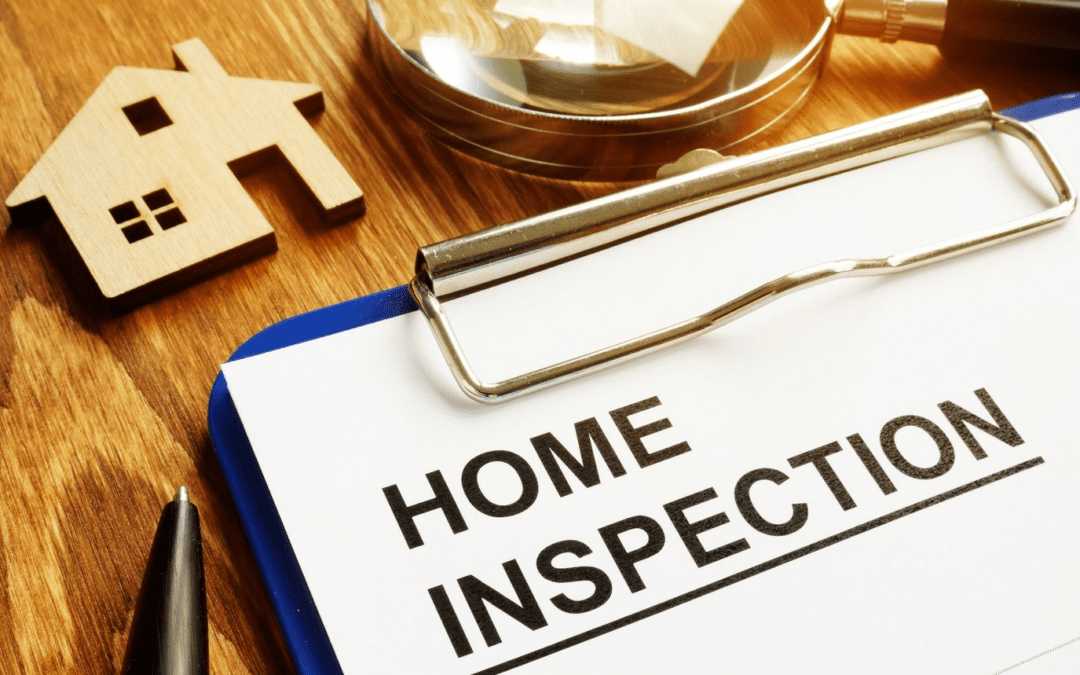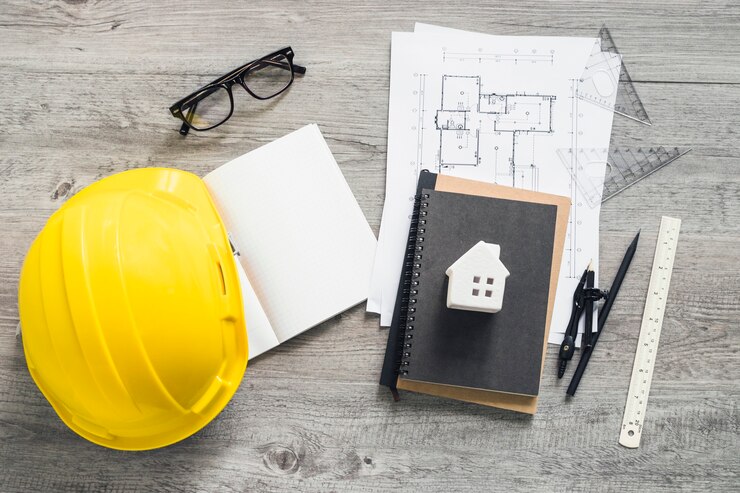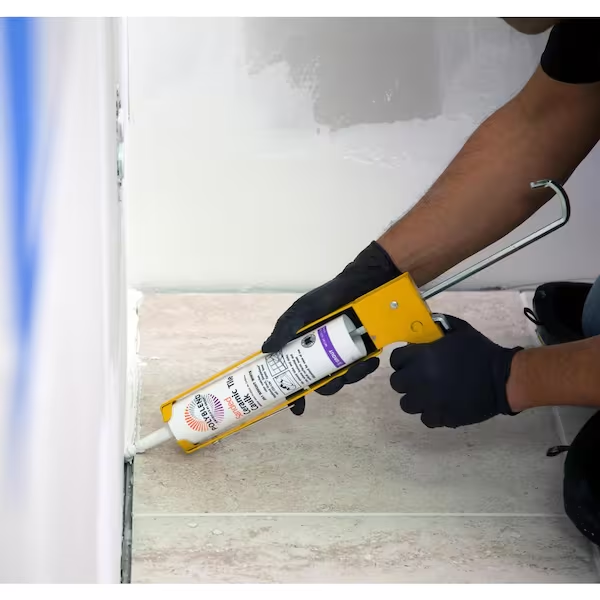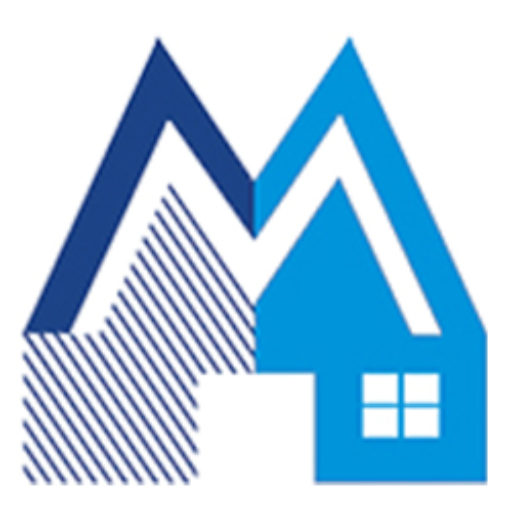In recent years, the idea of a smart home has become increasingly popular with the rise of smart home devices and the Internet of Things (IoT) technology. These devices and networks have completely revolutionized the way we communicate, work, and entertain. We can now control and automate our home appliances, lighting, security system, and entertainment devices with just a few taps on our smartphone or with voice commands to smart assistants.
Smart home devices not only provide convenience but also offer energy savings and enhanced security. With the market for Smart home systems expanding rapidly, homeowners now have a wide range of options to choose from in order to make their homes smarter and more efficient. In this article, we will explore the world of smart home devices, their benefits, and how they work. Let’s dive in!
Figure 1
How Smart Home Device Work?
Smart home devices use a combination of hardware and software to enable automation and remote control. The smart home system is composed of various parts including the interface, server, gateway, and smart device. These parts work together to enable remote control and automation of Smart home systems. How? Well, by interacting with the interface, the user sends a command to the server which sends a signal to the gateway to communicate with the smart device and perform the desired action (see Figure 2).
Figure 2
To go a little deeper, in what follows, we will break down the different parts involved in the smart system and explain what happens in each step in detail.
1. Interface
Simply put, the interface is how you communicate with a smart device. Smart home interfaces are the means through which users interact with and control their smart home devices. They can be physical or digital, and they allow users to monitor, manage, and automate their Smart home systems.
Interfaces can be:
- Physical interfaces: Physical interfaces are input devices that allow users to interact with electronic devices and computer systems through physical actions, such as pressing buttons, turning knobs, or manipulating switches. Examples of physical interfaces are remote controls and smart locks with keypads.
Additionally, physical interfaces can be particularly helpful in situations where digital interfaces may not be accessible, such as during power outages or when network connectivity is disrupted.
Figure 3
- Smartphone apps: Most Smart home systems come with a mobile app that allows users to control and manage their devices from their smartphones or tablets. These apps usually offer a graphical user interface (GUI) that displays the status of the devices and allows users to adjust settings and automate their devices.
Figure 4
- Voice assistants: Voice assistants, such as Amazon Alexa, Google Assistant, and Apple Siri, allow users to control their smart home devices using voice commands. Users can ask the voice assistant to turn on lights, adjust the thermostat, and perform other actions without needing to use a physical interface or a mobile app.
- Web interfaces: Some smart home systems offer web-based interfaces that allow users to control their devices using a web browser. These interfaces are typically used by installers and technicians to configure the smart home system, but they can also be accessed by users to perform advanced configurations and settings adjustments.
- Wearable devices: Some smart home systems support wearable devices, such as smartwatches and fitness trackers. Users can control their smart home devices using the wearable device’s interface, which can include touchscreens, voice commands, and gestures.
Figure 5
- Automation: Automation refers to a set of rules or actions that are triggered automatically based on certain events or conditions. For example, automation can be set up to turn off all lights and lock all doors when the user leaves the house.
2. Server
In the context of a smart home system, a server is a computing system that enables communication between smart devices, processes data, and provides remote access to users. The server in the smart home system stores data collected from the smart devices, processes it, and sends it to the user interface for display and analysis. It can also control smart devices by sending commands to them based on user input and automation rules.
For example, imagine you have a smart thermostat in your home. The thermostat can send information to the server about the temperature in your home. The server can then send this information to your phone app, so you can see the temperature in your home when you’re not there. You can use the app to tell the server to adjust the temperature in your home; the server will then tell the thermostat what to do.
But here’s a question, how is the data between a server and smart devices being transmitted? Read on to find the answer.
3. Gateway
A smart home gateway acts as a bridge between Smart home systems and the server. It serves as a central hub that connects all the smart devices and enables communication between them and the server (see Figure 6). By connecting smart devices to a smart home gateway, users can control and monitor all their smart devices from a single interface, making it easier than ever to manage their homes remotely.
Figure 6
The gateway typically uses various protocols to communicate with the devices and to transmit data between smart devices and the server. There are several smart home protocols that are commonly used in Smart home systems including Wi-Fi, Zigbee, Z-Wave, Bluetooth, and Thread.
4. Smart Device
Smart devices are the last part of the smart home system. They receive data through the gateway and perform the task they have been asked to do. All the components we have discussed above work in tandem to ensure a smart device performs seamlessly. A smart home device could be a smart lock with the ability to be locked and unlocked remotely using your smartphone or a smart smoke detector that could take action automatically in case of an emergency.
In the next section, we will explore different types of Smart home systems and how they can be used in a smart home system.
Smart Home Devices
So far, you have learned how smart devices work. But now it is time to get familiar with different smart home devices and how smart systems benefit us in our everyday life. From smart lights and appliances to security cameras and doorbells, smart devices offer endless possibilities for creating a convenient, comfortable, and secure smart home.
Generally, smart home devices fit into four main categories:
1. Security Systems
Smart home security systems include devices such as smart locks, security cameras, and motion sensors that can be controlled and monitored remotely. These devices can also be programmed to alert homeowners in case of suspicious activity and even contact authorities in emergency situations.
2. Energy Management Systems
Smart home energy management systems include devices such as smart thermostats, smart light bulbs, and smart power strips that can be controlled remotely and programmed to optimize energy usage. This helps homeowners save on energy bills and reduce their carbon footprint.
3. Health and Safety Systems
This category includes devices such as air quality monitors, carbon monoxide detectors, and smart smoke detectors that can alert homeowners to potential health and safety hazards. These devices can also be programmed to take action automatically in case of emergencies.
4. Convenience Applications
Smart home convenience applications include devices such as smart speakers, smart TVs, and smart appliances that can be controlled with voice commands or through a mobile app. These devices can automate routine tasks and make day-to-day life more convenient for homeowners.
Here is a list of the most common smart home devices:
- Smart Kitchen Appliances
- Smart Speakers
- Smart TVs
- Smart Thermostats
- Smart Lighting
- Smart Locks
- Smart Doorbells
- Smart Cameras
- Smart Plugs
- Smart Switches
- Smart Smoke Detectors
- Smart Garage Door Openers
- Smart Sensors
Pros and Cons of Smart Home Devices
Making the decision to use a smart device is definitely a personal choice. Understanding the benefits and potential challenges of Smart home systems can help homeowners make informed decisions and avoid potential issues down the line. With this knowledge, you can determine if the benefits outweigh the challenges and if the technology is a good fit for your lifestyle and budget. For this reason, we provided the pros and cons of smart home devices.
Pros
- Smart home devices offer homeowners the ability to remotely control and automate various aspects of their homes, making life more convenient and comfortable.
- These devices can help reduce energy consumption and costs by automatically adjusting lighting, temperature, and other appliances based on occupancy and usage patterns.
- Smart home security systems allow homeowners to monitor their homes remotely, receive alerts of potential threats, and respond to emergencies.
- Installing Smart home systems can increase the resale value of a home, as buyers are willing to pay more for a home that is equipped with the latest technology.
- Smart home systems can be customized to meet the specific needs and preferences of the homeowner, allowing them to create a personalized and unique living experience.
- They are a great solution for disabled or elderly people since they can be equipped with accessibility features such as voice command systems that can lock exterior doors, control lights, and even operate a computer.
- Homeowners may enjoy a discount on their insurance policy since some insurance companies offer discounts on some smart devices.
Cons
- Smart home devices can be complex and difficult to set up and configure, especially for those who are not tech-savvy.
- Compatibility might be an issue. Some Smart home systems may not be compatible with each other, which can lead to interoperability issues and limit the functionality of the system.
- These devices can be vulnerable to cyber-attacks, which can compromise the privacy and security of the homeowners. Besides, they may collect and store personal data, which can raise privacy concerns.
- They rely on technology, which can be prone to failure and may require regular maintenance and updates.
- The initial cost of purchasing and installing a smart device is a major downside that may deter some homeowners from adopting the technology.
- Smart home devices rely on a constant internet connection, so a power outage or Wi-Fi outage can lead to the devices not working properly.
- Smart homes can make homeowners overly reliant on technology, which can be a downside if they are unable to manage their homes without it.
Future of Smart Home Device
The future of smart homes is filled with exciting possibilities, including advanced technology, integration with AI, and the expansion of the IoT. With improved wireless connections, sensors, and processors, Smart home systems and networks are becoming more sophisticated, enabling complex automation scenarios and personalization.
The smart home market is anticipated to reach $313.95 billion by 2027, with a compound annual growth rate (CAGR) of 25.3%, according to Mordor Intelligence, 2021. Grandview Research 2021, also expects a “(CAGR) of 27.04% from 2022 to 2030”.
However, with this growth, there is also a growing awareness of privacy and security risks associated with Smart home systems. Therefore, there must be an increased focus on ensuring that these devices are secure and protect users’ privacy. Despite these challenges, the advancements in smart home technology will undoubtedly continue to make our homes more comfortable, convenient, and efficient in the future.
Conclusion
To wrap up, Smart home systems have become a significant aspect of modern-day living. They offer numerous benefits such as convenience, comfort, energy efficiency, and cost savings. They have also revolutionized the way we interact with our homes and appliances, making our lives much easier.
Looking ahead, the future of smart homes is promising, with more advanced devices, increased automation, and interconnectivity expected. We can expect to see more innovative solutions that cater to our changing needs and preferences, making our homes more comfortable and efficient. With the continued advancement of technology and the increasing demand for smart homes, it is only a matter of time before these devices become a standard feature in every modern home. As such, this is an important consideration for people who are looking to upgrade their homes.
With that said, if you are looking to upgrade your Philadelphia home to a smart home, Matrix Company Solutions Corp. is the perfect renovation company for the job. With our expertise in smart home technology and renovation, we can transform your home into a modern and efficient living space that seamlessly integrates with all your smart devices. Our team of skilled professionals can help you design and install a variety of smart home systems, from lighting and climate control to security and entertainment. We also offer customizable renovation services that can be tailored to your specific needs and preferences. Don’t miss out on the benefits of a smart home; contact us today to start your home renovation journey.










0 Comments